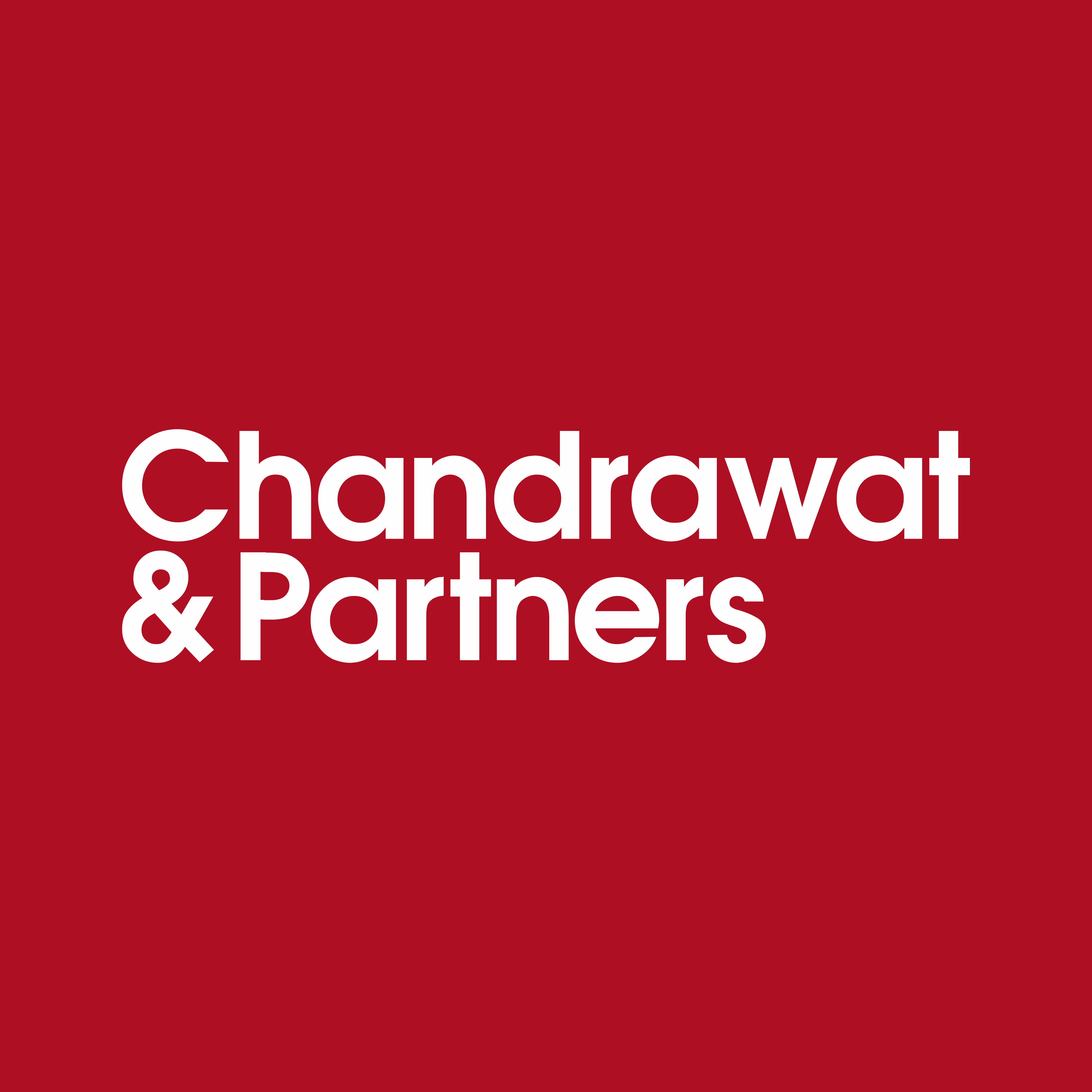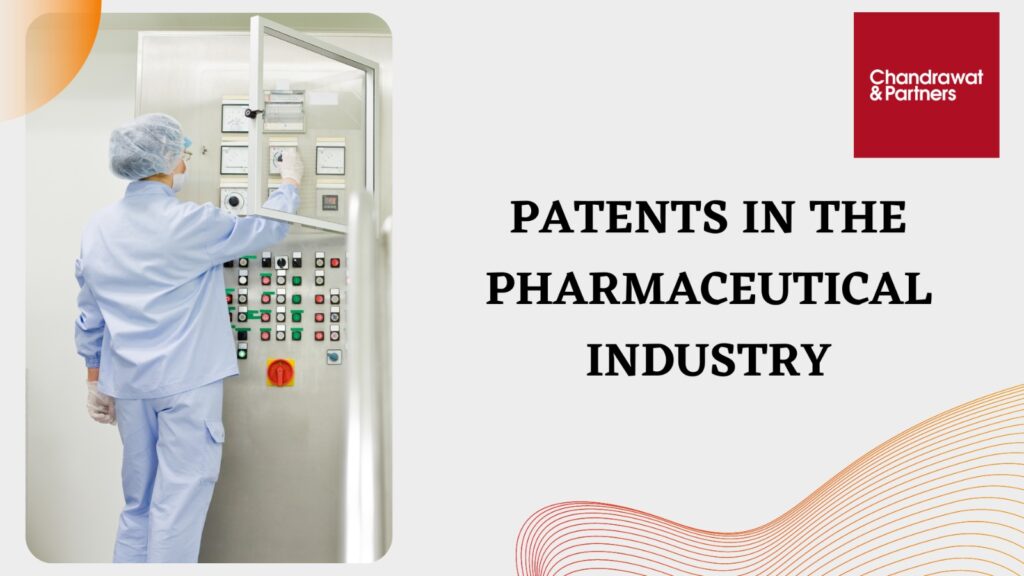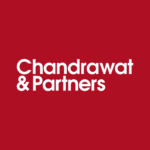PATENTS IN THE PHARMACEUTICAL INDUSTRY IN INDIA
Multinational corporations predominated the Indian medicine market until the year 1970. India was one of the countries with the highest drug prices in the world because more medications were being imported at a higher rate. It was discovered that the outdated “Indian Patents and Designs Act, 1911” did not satisfy the needs of the Indian populace. India adopted the prevalent Western culture’s system of granting drug patents for both products and processes.
The COVID-19 epidemic had an immense impact on the lives of thousands of people all over the world. Since then, the need for timely access to affordable medications has become more urgent. Based on past experiences with getting medications for life-threatening diseases, there is a legitimate concern that access to any vaccines and therapies that are eventually developed may be hampered by patents, leading to unaffordable prices.
The government of India is working to create a patent system that is supportive of technological advancements and compliant with its obligations under international agreements to address issues with the limited enforceability of current intellectual property laws.
EVERGREENING/STRATEGIC PATENTING
In 1994, India ratified the General Agreement on Tariffs and Trade (“GATT”), and as a result, India was obligated to abide by the GATT’s provisions regarding intellectual property rights, known as the Trade-Related Aspects of Intellectual Property Rights (“TRIPS”) component of the “Uruguay Round” of the GATT Treaty. Patentable intellectual properties were defined by the “Patent Act 1970” and its 2005 amendment, but they were also explicitly stated to be “not patentable” in India. The clause emphasizes the notion of “enhanced or increased efficacy” which disallows minor modifications to an invention to qualify for Act protection.
The term “evergreening” describes a strategy in which a parent-patented molecule, whose patent is about to expire, is modified in some other way or given a minor “secondary patent” to be applied. By separating “discovery and innovation” and outlining exactly what is not patentable, Section 3(d) of the Indian Patent Act counteracts evergreening measures.
Even though there was opposition to TRIPS in the Novartis case [1] regarding GLIVEC, the Honorable Court made clear its position on “evergreening” and disapproved of such tactics. With the aid of minor changes or additional iterations of the drug, this practice was notorious for extending the term of 20 years on already-approved medications without necessarily improving their therapeutic efficacy.
However, it has become a phenomenon in the pharmaceutical industry where, on the one hand, many patients struggle to afford expensive patented medicines and, on the other hand, inventors struggle to give their inventions enduring significance.
HOW DOES STRATEGIC PATENTING AFFECT THE PHARMACEUTICAL MARKET?
The encouragement of invention, an accelerator of both economic growth and development, is one of the main justifications for the patent system. The patent system grants patent holders a period of exclusivity as compensation for their inventive work and as a motivation to keep innovating. It’s crucial to remember that the goals of patent and competition laws are to encourage both “pioneer” innovators’ creativity and follow-on innovation. Patent law offers a “carrot” in the form of the exclusive right, encouraging innovators to innovate, as the current competitive environment puts pressure on businesses to develop. Patent and competition law thus complement one another.
In highly competitive markets, a company’s success is based on how well its business performs. If companies want to compete on performance, they must innovate by “providing greater quality and a larger choice of new and improved goods and services.”
Contrary to the traditional claim made by the originator corporations that interference by the competition law in their patenting activities will increase their incentives to develop, the practice of strategic patenting itself lowers originators’ incentives. Therefore, in a well-functioning system, the inventor would be encouraged to continue developing when a product’s patent is about to expire to introduce a new product to the market and maintain the product’s competitive position.
However, strategic patenting reduces the original inventor’s incentive to innovate because it allows it to easily maintain its monopoly position by securing several secondary patents that shield its current product from generic competition. Therefore, when companies use this type of strategic patenting, they are only defending themselves against the pressures that competition law puts on the market.
Information from the pharmaceutical industry lends support to the idea that strategic patenting reduces incentives for genuine and meritorious innovation. Secondary patents that have been strategically acquired are frequently of low quality and are the result of routine research activities.
EFFECT ON ACCESSIBILITY AND AFFORDABILITY OF PATENTED DRUGS AND NECESSARY MEDICINES
Patents can have a significant impact on the accessibility of medicines when used to stifle competition. Having a patent on a drug gives a pharmaceutical company the legal right to prevent others from producing it, allowing the drug to be sold for a premium. The consequences of people being unable to afford life-saving medications for illnesses like cancer or HIV/AIDS are frequently tragic, as was evident during the COVID era. Because people buy their medications out of their own pockets and very rarely have health insurance, the exorbitant cost of medicines becomes a matter of life and death in developing countries.
Due to incentives in patent law that have encouraged innovation into areas that are expressly harmful to patients, patentees are prevented from taking steps to improve the product to prevent adverse health effects. In situations where there is no step towards innovation to improve the product to prevent negative health outcomes, strategic patenting leads to the development of more expensive drugs that aren’t any better than alternatives. Negative innovation results from forcing invention into areas that are harmful to patients, which is what happens when patent law is applied.
THE WAY AHEAD
To increase investment in its R&D-related activities, the Indian pharmaceutical industry can prosper by implementing strategies like contract research and manufacturing services (“CRAMS”), mergers and acquisitions with foreign companies, industry-academic collaborations, clinical trials, etc.
For pharmaceutical products, it is possible to link and cap the various levels of exclusivity. Even though it is obvious that this is easier said than done, coordinating incentives and lowering the total exclusivity attached to any fundamental product could help restrict strategies like patent accumulation. To balance the public’s desire for access to affordable, life-saving medications with the need to support, facilitate, and safeguard innovations, India must view its laws from this perspective.
For more information or queries, please email us at
[email protected]




